Here’s How the Next Two Atmospheric Rivers Will Affect California – the New York Times

A “Pineapple Express” hitting California through Thursday will set the stage for another week of unsettled weather across the state…
Record-setting storm wallops East Coast with flooding, high winds – the Washington Post
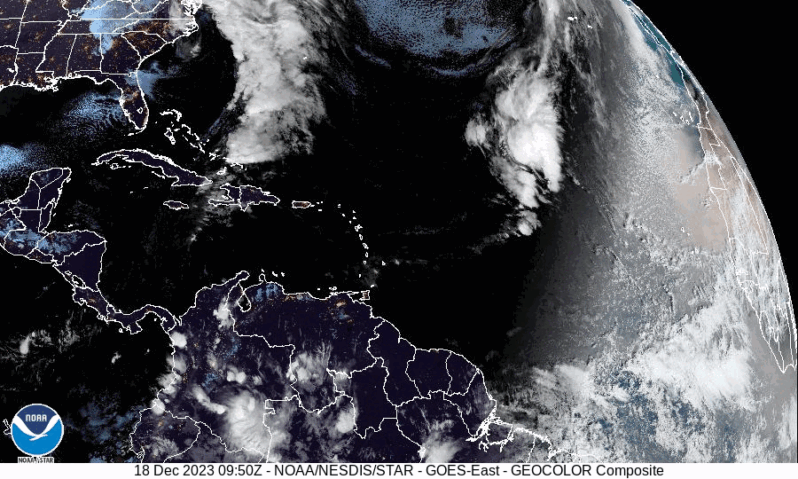
A historically intense December coastal storm is blasting the Northeast on Monday after unleashing heavy rainfall, coastal flooding and high winds from Florida to the Mid-Atlantic. More than 700,000 customers had no power midday Monday as gusts surpassed 60 mph in many locations in eastern New England…
Venice Isn’t Alone: 7 Sinking Cities Around the World – How Stuff Works

Many big cities sit near the ocean. They became cities in the first place because their ports facilitated trade and travel by sea.
Coastal cities all over the world are sinking — a geological process called subsidence — and it’s happening at a rate that makes scientists nervous. If these bits of land didn’t have important cities on them, it’s likely nobody would notice, or, in some cases, that they wouldn’t be sinking at all…
At last, Venice’s authorities admit the risk from sea-level rise – The Art Newspaper
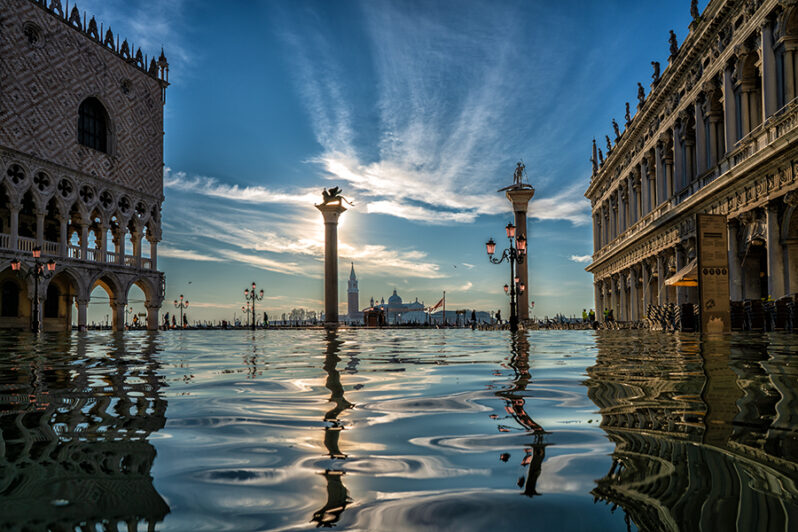
At a conference organised by the new Venice Sustainability Foundation in June, major public figures agreed for the first time that sea-level rise is the main problem facing the city now…
Coastal Flooding Will Be More Extensive Sooner than Scientists Thought – Hakai Magazine
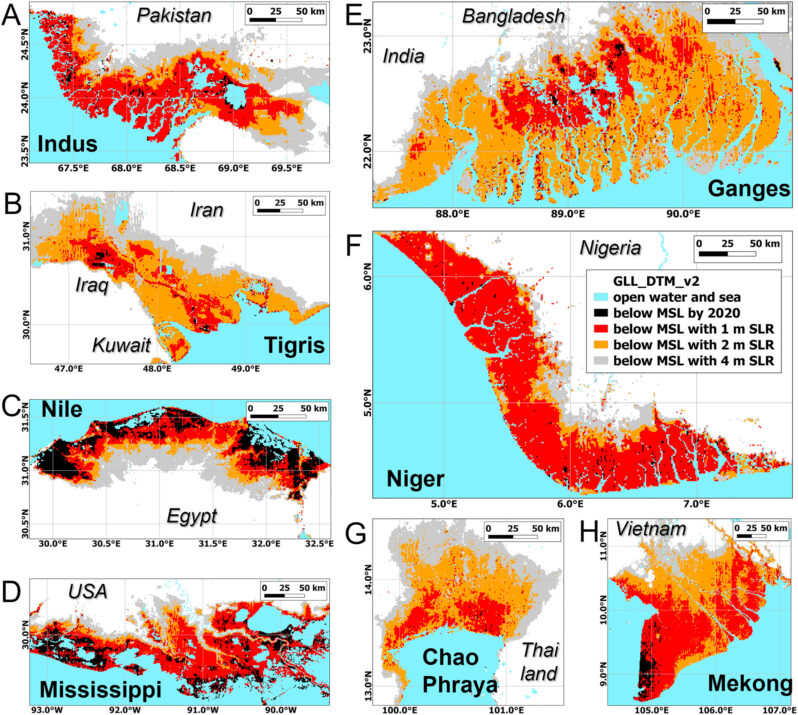
Updated, more accurate data gives a new look at the effects of sea level rise.
Around the world, communities are bracing for sea level rise: the Netherlands is stabilizing its dikes, Senegal is relocating neighborhoods, Indonesia is moving its entire capital city. These projects are hefty, expensive, and slow…
Every Coastal Home Is Now a Stick of Dynamite – the Atlantic
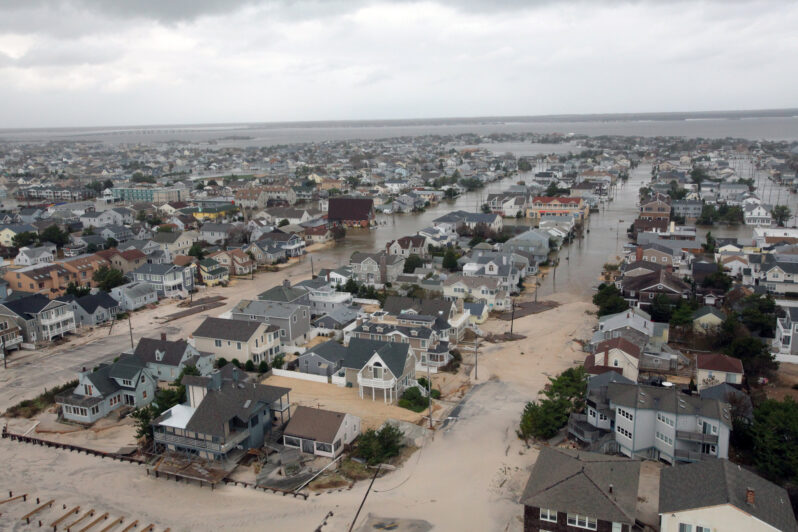
Wealthy homeowners will escape flooding. The middle class can’t.
The Langfords got out of Houston just in time. Only two months after Sara and her husband, Phillip, moved to Norfolk, Virginia, in June 2017, Hurricane Harvey struck, destroying their previous house and rendering Sara’s family homeless…
Global Weather Patterns and Coastlines
Coasts are sensitive to sea level rise, changes in the frequency and intensity of storms, increases in precipitation, and warmer ocean temperatures. In addition, rising atmospheric concentrations of carbon dioxide (CO2) are causing the oceans to absorb more of the gas and become more acidic. This rising acidity can have significant impacts on coastal and marine ecosystems.
The impacts of climate change are likely to worsen problems that coastal areas already face. Confronting existing challenges that affect man-made infrastructure and coastal ecosystems, such as shoreline erosion, coastal flooding, and water pollution, is already a concern in many areas. Addressing the additional stress of climate change may require new approaches to managing land, water, waste, and ecosystems…
Rivers in the Sky
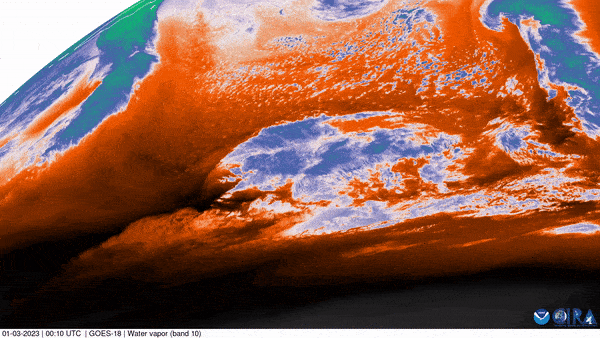
Atmospheric rivers are relatively long, narrow regions in the atmosphere – like rivers in the sky – that transport most of the water vapor outside of the tropics. These columns of vapor move with the weather, carrying an amount of water vapor roughly equivalent to the average flow of water at the mouth of the Mississippi River. When the atmospheric rivers make landfall, they often release this water vapor in the form of rain or snow…
California faces weeks of cleanup as “one last” major storm lashes state – Axios
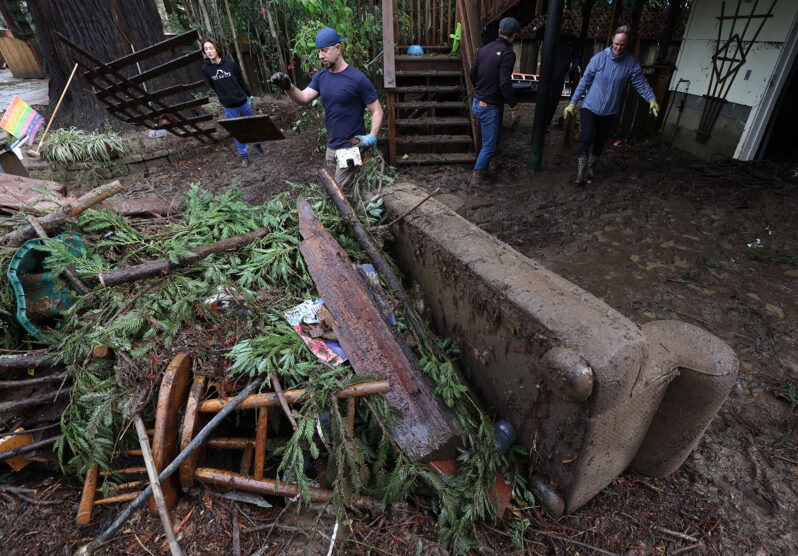
California was lashed by the final in a series of lethal atmospheric rivers Monday night — as officials warned it could take weeks to clean up the sustained heavy rains, snow and floods that’ve hit the state.
The latest: A mandatory evacuation order was issued for a flooded mobile home park in Acampo after 175 residents left voluntarily earlier Monday, per the San Joaquin County Sheriff’s Office…
